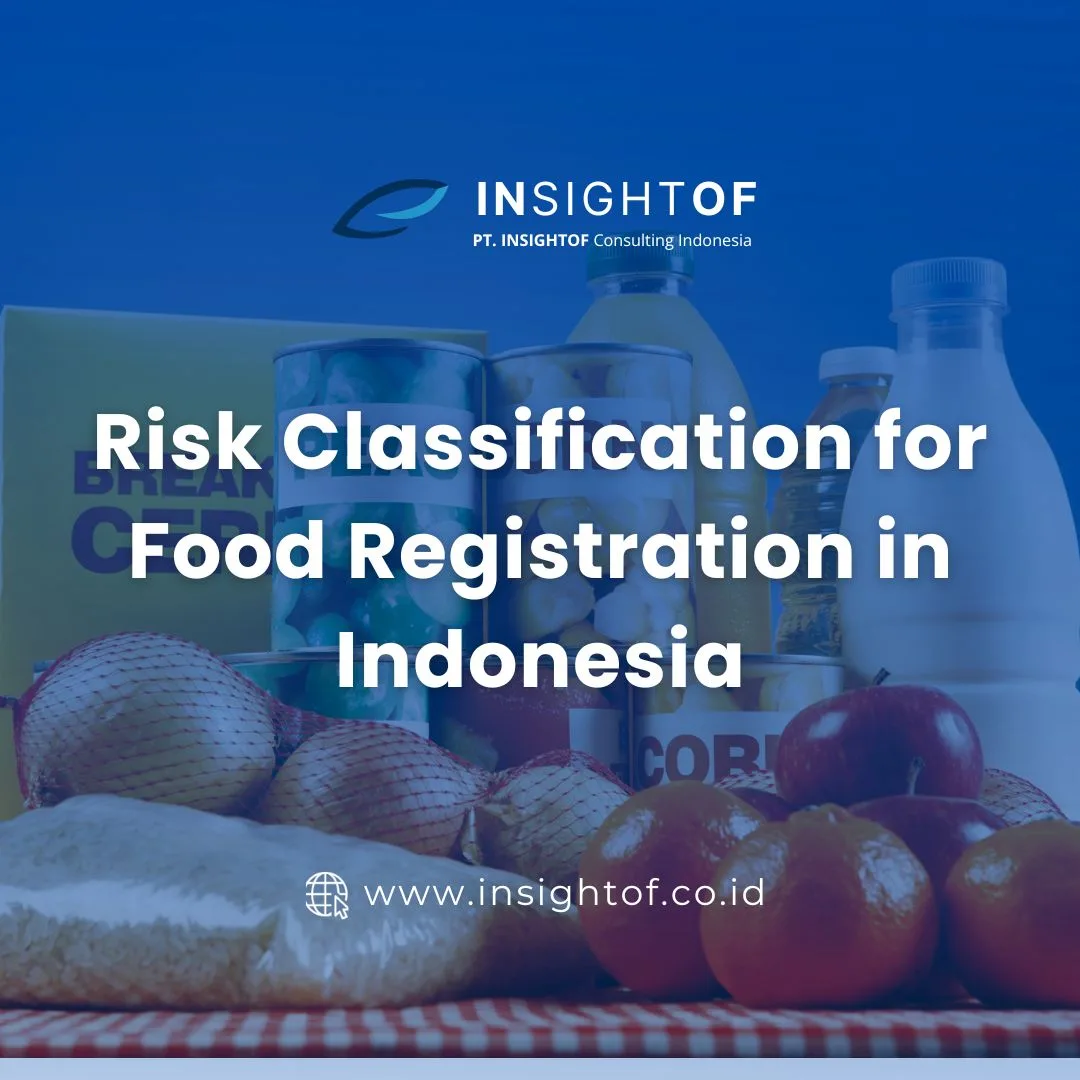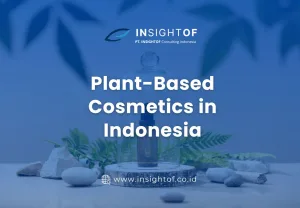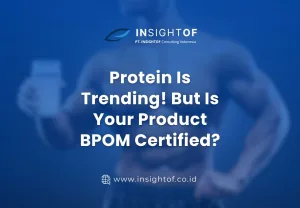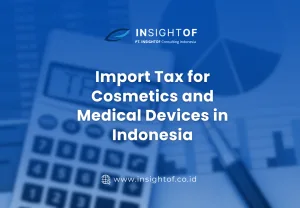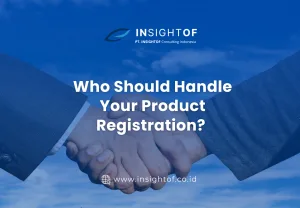The food registration process in Indonesia adopts a risk-based classification system. This system classifies processed foods into three risk levels: Low-Medium Risk, High-Medium Risk, and High Risk. The classification is determined by evaluating factors such as target consumers, product claims, the use of Food Additives (BTP), production processes, and the types of food ingredients utilized.
Food Classification Based on Risk
a. Low-Medium Risk Food
This category includes processed food that:
- Is not intended for specific target consumers.
- Does not contain any claims.
- Does not undergo specific production processes (e.g., commercial sterilization, pasteurization, irradiation, genetic modification, new technologies, or organic production).
- Does not use specific raw materials or food additives (BTP), including flavorings.
- Uses BTP without maximum usage limits or Acceptable Daily Intake (ADI).
An example of food in this category is processed food without claims or specific purposes. The registration process for such food requires monitoring the use of BTP.

b. High-Medium Risk Food
This category includes processed food that must comply with Indonesian National Standard (SNI) certification and does not fall under the high-risk category.

c. High-Risk Food
High-risk food includes products that:
- Have specific claims (e.g., food for special nutritional needs).
- Use genetically modified organisms (GMOs).
- Undergo irradiation or other new technologies.
- Contain specific food additives (BTP).
- Are food additive products.
- Are alcoholic beverages.
- Undergo pasteurization or commercial sterilization processes.
Examples of high-risk food:
- Claimed food products.
- Irradiated products.
- Alcoholic beverages.
- Food processed through pasteurization or commercial sterilization.
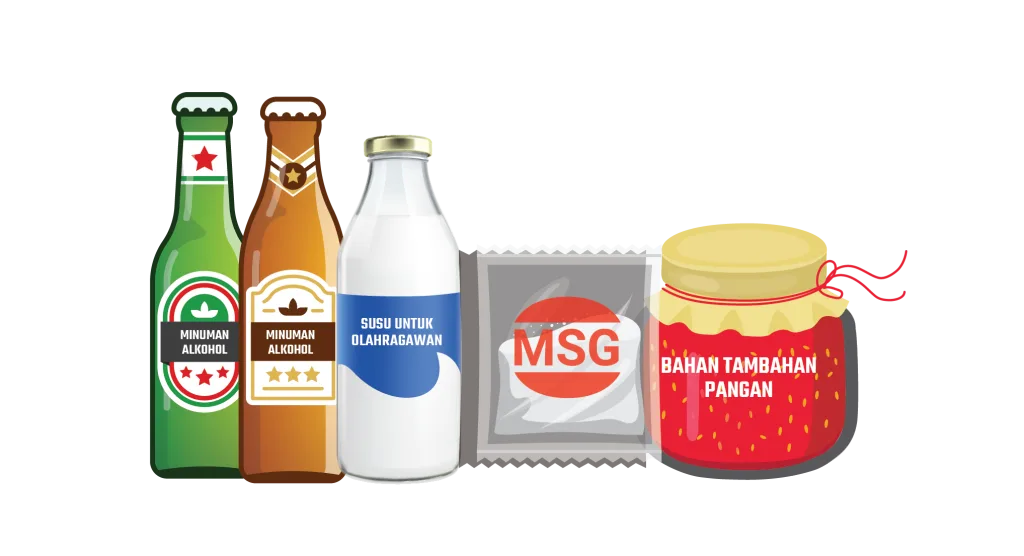
Required Licensing Document
Business licensing in Indonesia uses the Online Single Submission (OSS) system based on risk. The required licensing documents depend on the business risk level:
- Low Risk: Requires only a Business Identification Number (NIB).
- Low-Medium Risk: Requires an NIB and a Standard Certificate.
- High-Medium Risk: Requires an NIB and a verified Standard Certificate.
- High Risk: Requires an NIB and additional permits as stipulated by regulations.

The OSS system can be accessed through the official OSS website.
Sources:
BPOM Regulation No.23 of 2023

